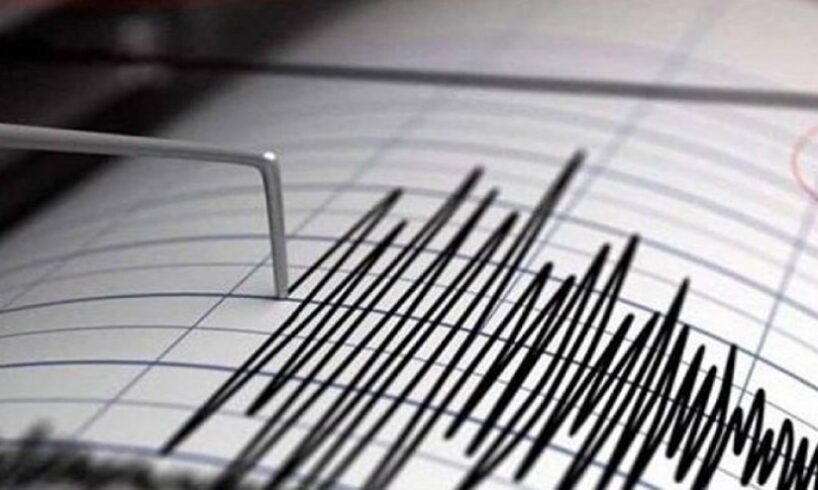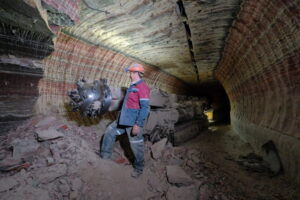
Shafaq News – Petropavlovsk-Kamchatsky
A powerful 8.8-magnitude earthquake struck off
Russia’s Far Eastern Kamchatka Peninsula on Wednesday, triggering a tsunami up
to 4 meters high and prompting widespread alerts and evacuations across the
Pacific region.
Russian authorities reported injuries and damage
in Kamchatka, where waves inundated parts of the coastline. The regional
government declared a state of emergency in the northern Kuril Islands after
footage of a tsunami circulating showed waves sweeping through a port town.
“This was the strongest earthquake in decades,”
said Kamchatka Governor Vladimir Solodov in a video statement, urging residents
to stay away from coastal areas.
The US Geological Survey reported that the quake
was shallow, occurring at a depth of 19.3 kilometers, and was centered roughly
119 kilometers southeast of Petropavlovsk-Kamchatsky, a city of approximately 165,000
people. A strong 6.9-magnitude aftershock followed soon after. The initial
quake’s magnitude was later upgraded from 8.0 to 8.8.
Pacific-Wide Tsunami Alerts
Tsunami waves between 3 and 4 meters were
recorded in parts of Kamchatka, according to Sergei Lebedev, regional minister
for emergencies. Authorities in Russia and across the Pacific issued urgent
warnings as seismic waves traveled across the ocean.
Japan, which remains deeply scarred by the 2011
earthquake and tsunami that killed over 18,000 people, activated evacuation
orders for large sections of its eastern coastline. Alarms sounded in numerous
towns along the Pacific coast, with residents told to move to higher ground
immediately.
The Japan Meteorological Agency warned that
waves up to 3 meters could reach much of its coast and said the danger could
persist for more than a day. Waves of up to 50 centimeters were already
recorded along parts of northern and eastern Japan, and authorities cautioned
that additional surges could coincide with high tide and cause further
flooding.
“Tsunamis are still being observed,” the agency
stated, warning that the waves could strike suddenly and grow stronger when
aligned with tidal peaks.
In a precautionary measure, staff at the Fukushima
Daiichi nuclear plant were evacuated, though no abnormalities were reported at
the facility, according to its operator, TEPCO. Japan’s Chief Cabinet Secretary
Yoshimasa Hayashi confirmed that no injuries or major damage had been reported
so far.
#BREAKING NEWS: Japan tsunami warning issued after M8.0 quake off Kamchatka Peninsula#Japan #TsunamiWarning #earthquake https://t.co/VkMKSpHUgT pic.twitter.com/8TS3Lo9a4S
— Kyodo News | Japan (@kyodo_english) July 30, 2025
Regional and Global Response
The US Tsunami Warning System issued alerts for
potentially hazardous waves within three hours of the quake. It is estimated that
waves exceeding 3 meters could hit parts of Russia and Ecuador, while waves
between 1 and 3 meters were possible in Japan, Hawaii, Chile, and the Solomon
Islands. Smaller surges could affect the US West Coast and other Pacific
shorelines.
China’s Tsunami Advisory Center also issued a
warning, anticipating waves between 30 centimeters and 1 meter along its
eastern coast. The Ministry of Natural Resources indicated that the tsunami
could cause damage to some coastal regions.
Elsewhere, the Philippines and Indonesia issued
advisories urging residents to avoid beaches and coastal areas. While these
countries expected smaller waves, officials stressed the unpredictable nature
of tsunami activity.





